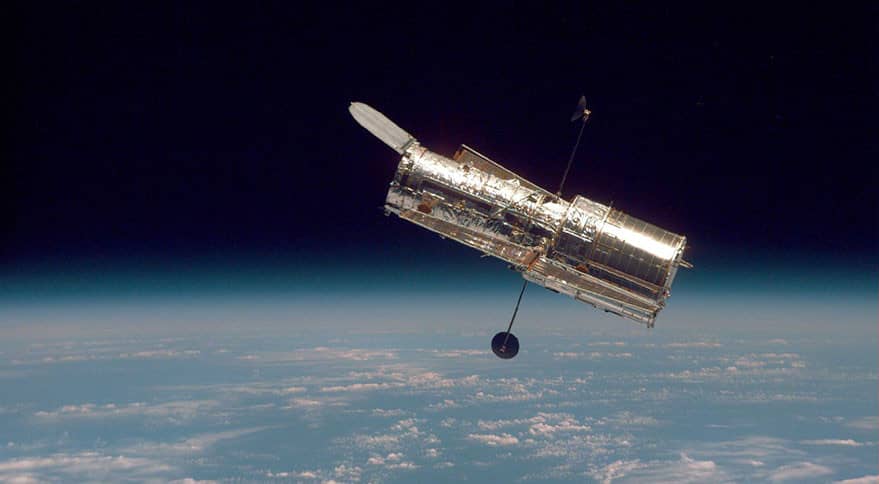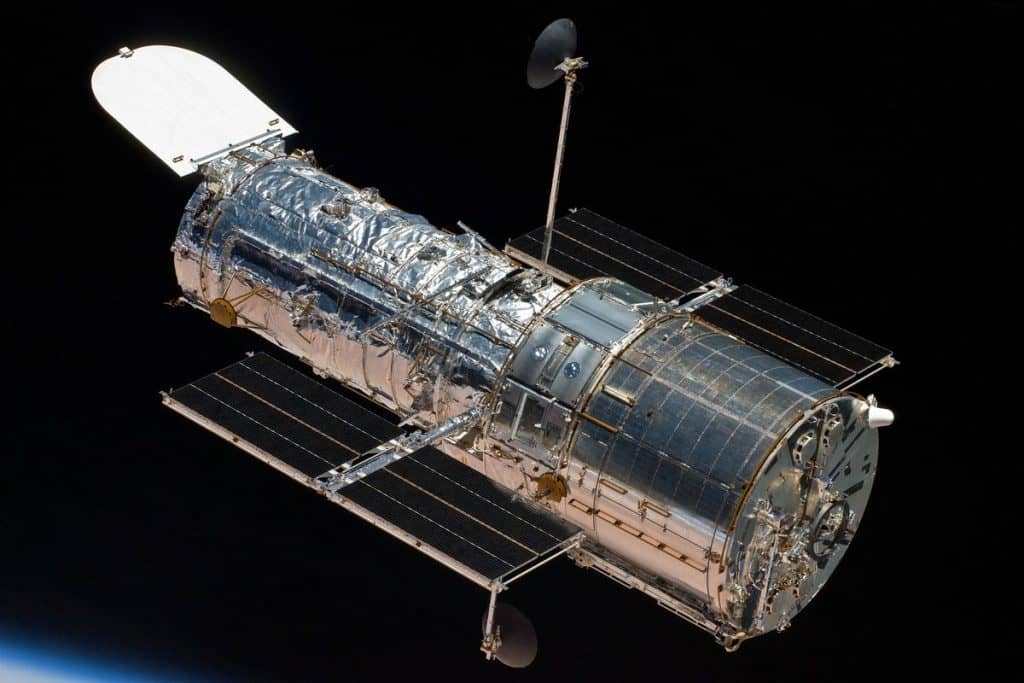The Hubble Space Telescope has been down for over a week now and it seems that it might just stay that way. The incident happened on Sunday, June 13th when the main computer detected an issue with the payload computer. The payload computer on the Hubble telescope had a faulty memory board which cascaded into all its scientific instrument being put into idle mode by the main computer.
It has now been over a week. A NASA spokesperson at the time told reporters that the telescope only needed one of its four memory modules to work properly. The fix they needed was just to swap to one of its backup modules in order to resume operations. They just needed to do a full day of tests after the swap in order to iron out all the kinks. But it seems that something is amiss.

NASA spoke out last week saying that “the command to initiate the backup module failed to complete”. The team tried again on Thursday, June 17th but they failed once again. I guess Hubble just doesn’t want to wake up again. Even though it has been designed to be able to be serviced by astronauts, the system is just too old.
The payload computer is also a NASA Standard Spacecraft Computer-1 (NSSC-1) system built in the 1980s. It is part of the Science Instrument Command and Data Handling module, which was replaced during the last astronaut servicing mission in 2009. According to NASA, “The operations team will be running tests and collecting more information on the system to further isolate the problem”.

Experts have also argued that the Hubble Telescope may not live long enough to see its successor, the James Webb Space Telescope, launch into space. A NASA spokesperson told reporters recently that they were still working and that they were gathering data to “determine the best path forward for bringing the computer back to operations”.
They further explained that “At this time, there is no definitive timeline for bringing the computer back online. However, the team has multiple options available to them and are working to find the best solution to return the telescope to science operations as soon as possible”.


